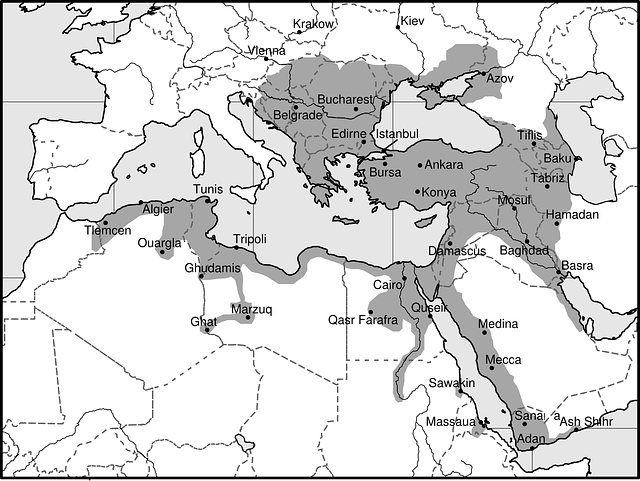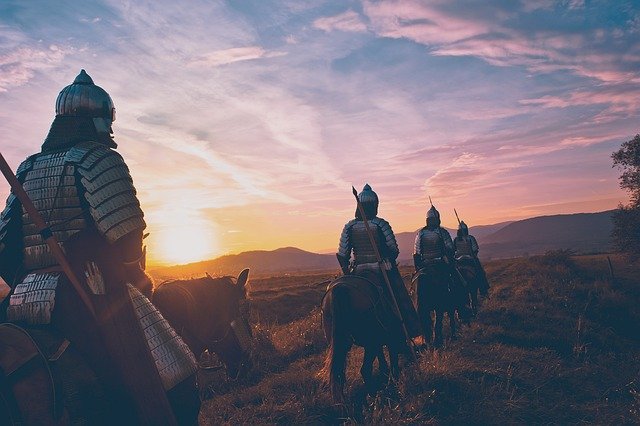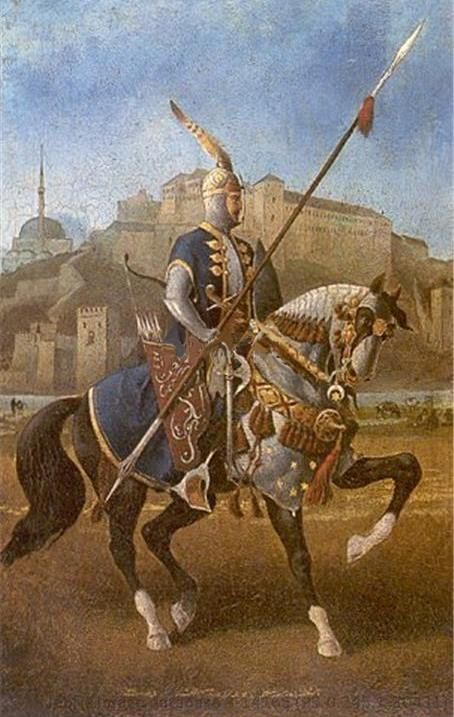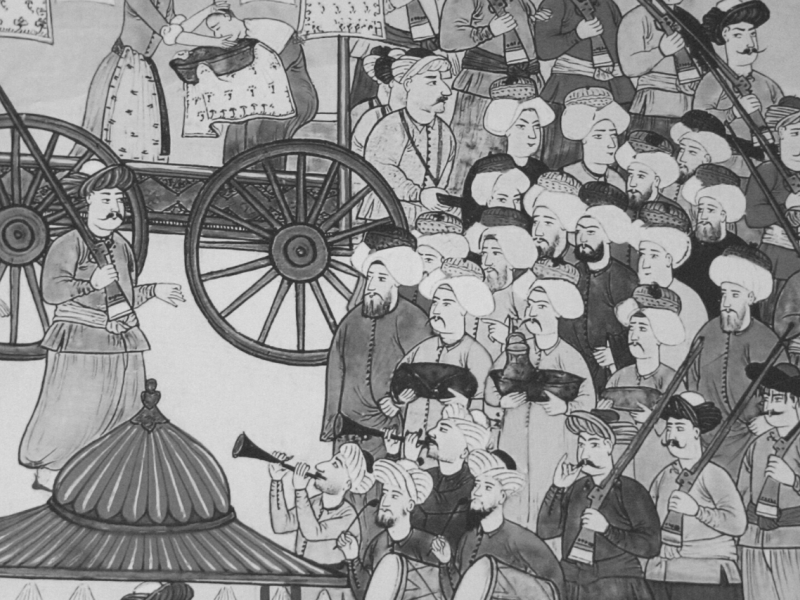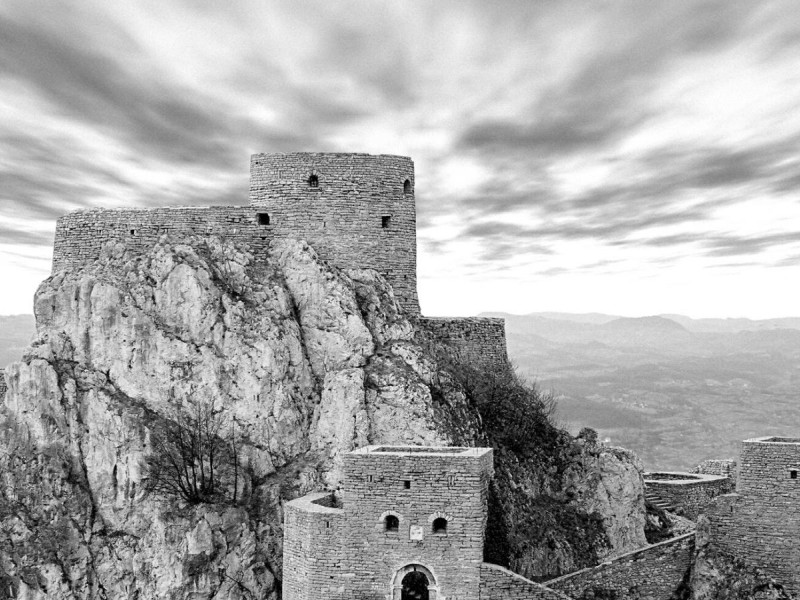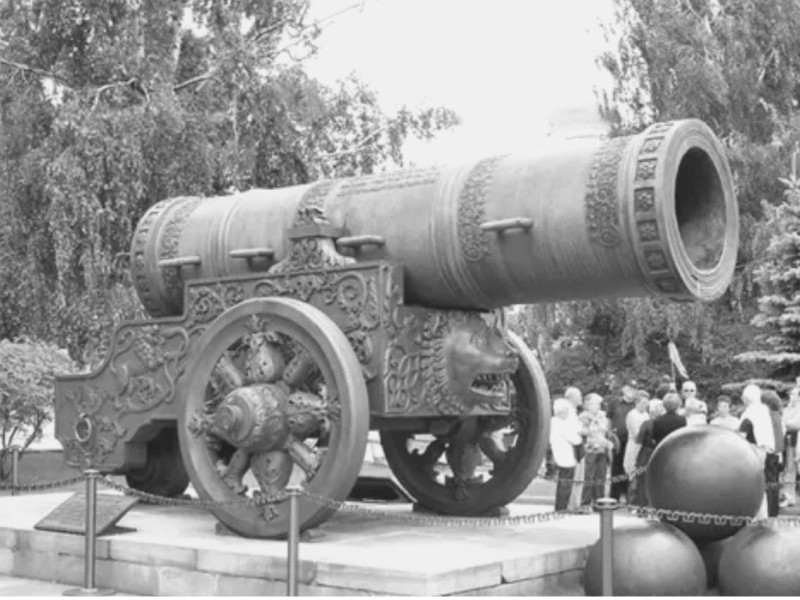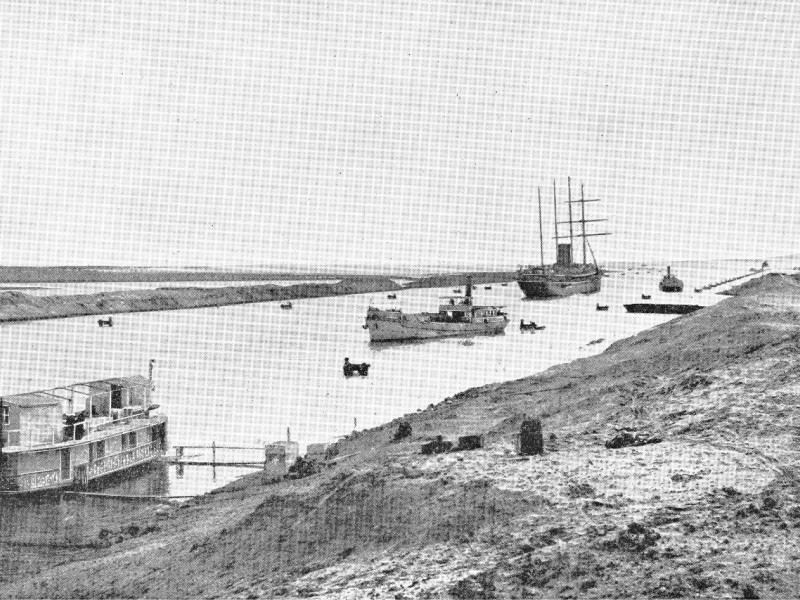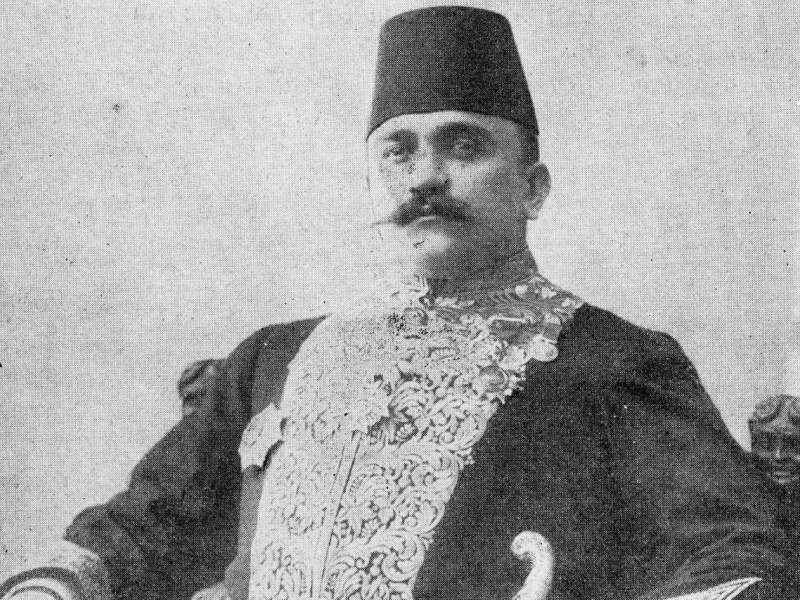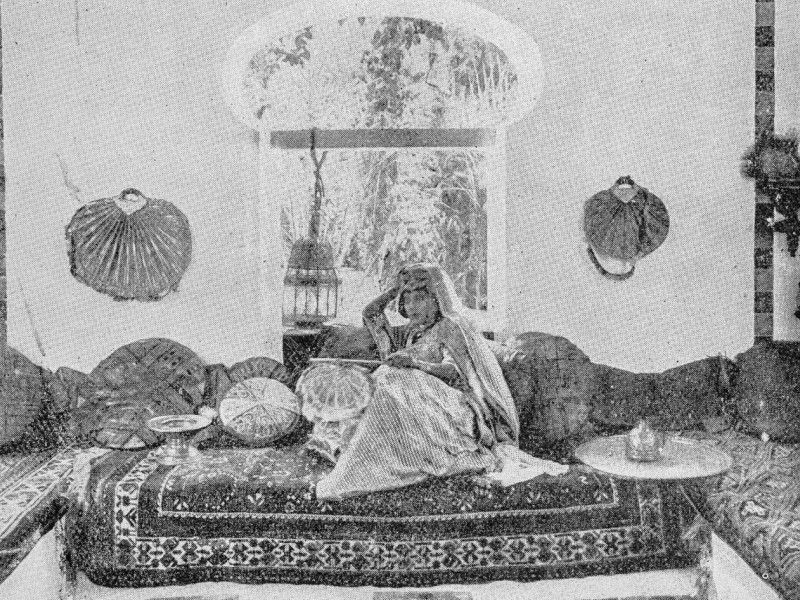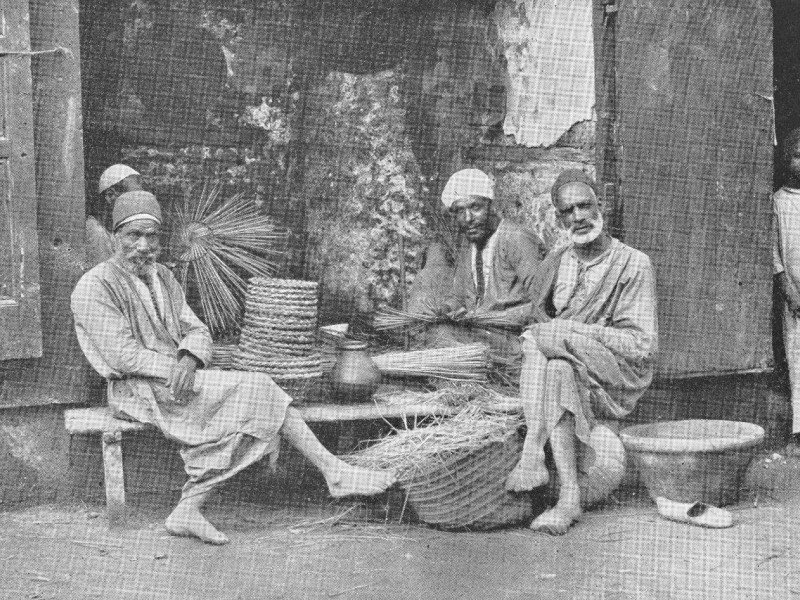The Sipahi: Ottoman Knights
The Sipahi or Ottoman cavalry troops were effective, well-armed, and dangerous knights who met enemies on their army’s flanks or when they got close to the Sultan. Europeans feared them well into the 19th century. In Constantinople, an elite Sipahi was at the top of Ottoman society.
In this article, we look at how these Ottoman knights worked.
Who were the Sipahi?
The Sipahi were cavalry troops for the Ottoman empire. They were the main mounted force in the Ottoman army. However, it should be noted that the term Sipahi does not pertain to all mounted soldiers of the Ottoman army. Instead, the word is used interchangeably with cavalry, which somehow causes confusion.
The Sipahi cavalry were distinct from tribal horsemen. Most Sipahi held land as part of the Timar system, and they were mainly of Turkish origin whose soldiers were freeborn. They were, as what we might call today, regular troops. This description is essential to distinguish the Sipahis from “irregular horsemen,” like the Akinci (not included in the Sipahi classification).
The Sipahi cavalry gained prominence between the 15th and 17th centuries. They were a significant part of the military and they commanded fear in much of Europe.
However, the Sipahi system was abolished in the 19th century due to the Ottoman Empire’s military reforms.
What did the Sipahi look like?
A Sipahi charge was a powerful assault. The psychological damage that their fully armored appearance did was part of the effect. Early Sipahi wore a plate of armor with chainmail underneath. They wore peaked helmets, sometimes decorated with feathers.
There was a difference between the Ottoman knights and their opponents. Sipahi cavalry horses were more heavily armored than their counterparts. Their horses often wore chainmail coats and sometimes wore facial armor.
There were more variations among Timarli Sipahi because they provided their armor. They came from different areas, so there were differences in manufacturing and style. Weapons varied slightly according to region.
What weapons did the Ottoman cavalry carry?
Weapons also varied between regional groups and divisions.
Sipahi cavalry, on the one hand, often carried bows, particularly the Anatolian Sipahi.
The Balkan Sipahis, on the other hand, were more lively and carried lances and spears. Maces were popular across many Ottoman regions. Swords were very varied, but most Sipahi carried some kind of blade.
What types of Sipahi were there?
There were two main types of Sipahi:
Timarli Sipahi
Kadukulu Sipahi cavalry.
Provincial Timarli Sipahi or Timariots
The provincial Sipahi held the right to use plots of land. The timar system meant that the Ottoman Sultan owned all land. The Timarli Sipahi held something similar to a lease on their plot of land. They were allowed to raise taxes and sell crops.
The main difference between a Timar Sipahi and a feudal knight was inheritance. In feudal England, the primogeniture system was in place. The eldest son of a knight would inherit his land when he died. A Timarli Sipahi could not leave his land to his family until the 17th century.
A Timarli Sipahi was relatively wealthy because of the stipend he received. However, he had to provide his own equipment, and this could be expensive.
Kapikulu Sipahi
These were the household cavalry of the Ottoman palace. They lived in the same area, received salaries, and had regular duties. They had six organized divisions. The elite divisions were called Sipahis and Silahtars. Technically, the Kapikulu Sipahi was not free, although they weren’t slaves.
The Silahtars were considered masters of war. A soldier from any division could become a Silahtar, even without a cavalry background. Soldiers who came from other divisions were often unpopular among their colleagues. This was most clear with soldiers from the Sipahi rivals, the Janissary.
The Agha of the Silahtars was the head of the division. He would function as the weapons master of the palace and a senior advisor to the Sultan. Most Kapikuli Sipahi would fight as bodyguards to senior commanders or act as a rearguard on a battlefield. Kapikuli Sipahi was also prominent in ceremonies and parades.
Life outside wartime?
Kapikulu Sipahi and Timarli Sipahi had different lives.
The Kapikulu lived in or near the capital city and received salaries. Only their elite troops had control over any land.
The Timarli Sipahi lived like any small landowner. They sometimes needed to support themselves and their families between wars. They also needed to make sure they had trained their cebelu. Cebelu were retainers who would ride into battle. The Timar Sipahi had to provide for their armor and training.
Timarli Sipahi often had some local power. Senior Kadikulu were much more likely to have empire-wide influence, however.
Regiment
The Timarli Sipahi was organized by regiment. The force would be much larger than the number of Sipahi. Each tîmâr Sipahi was expected to bring Cebelul men with him to a battle. The larger his portion of land, the larger the number of men would be. The minimum was around five, but it could be many more.
The men that each Sipahi brought required similar equipment to the timar Sipahi himself. The Sipahi was expected to provide this equipment from his income. Their equipment included horses. From the 17th century onwards, all Timari Sipahi was also Muslim Turks.
Before a battle, Timarli Sipahi Cavalry would gather in their regiments. As the army formed up, the Timariot cavalry would assume positions on the flanks of the military. Anatolian Sipahi cavalry was more likely to carry bows and function as light cavalry. Balkan Timarli Sipahi tended more towards lances and javelins.
Who were the Kapikulu?
Kapikulu Sipahis – were divided into six divisions and were the more cohesive unit. They did not bring extra men with them, and they were familiar with the other Sipahi around Constantinople.
Sipahi and Silahtar – these are the most prestigious units. The position came with the right to use a plot of land near the capital and a salary. Noblemen’s sons often enlisted in these units, although ordinary soldiers could occasionally get in.
Right and Left Ulufeci divisions – the word Ulufeci refers to the salary that they received. These soldiers were not given a piece of land, but they did have good-quality armor.
Right and Left Garips – Garips were less well-equipped than the other Kapikulu Sipahis. They performed the same duties but lacked status.
There were not as many Kapikulu Sipahi as Timarli Sipahi. They acted as the Sultan’s bodyguard and reinforced the flanks of the Ottoman army.
How important were cavalry troops in battle?
In the classical Ottoman era, Timarli Sipahis were crucial to the Ottoman army. They made up a significant proportion of the military, and they were its most active part. The infantry forces would try to keep the battle line static from a central position. The Sipahi cavalry would move around and strike at different parts of the enemy line.
The Sipahi was a fast, deadly part of the army. Their attacks on weak enemy units were critical. Without the ability to strike and retreat quickly, the army would have been more vulnerable to stalemate or defeat.
The Kapikulu Sipahi fulfilled two important extra objectives. They had special responsibility for the safety of the Sultan and the imperial family. The loss of a leader could be disastrous for a battle, so keeping the sultan safe was vital.
The Kapikulu Sipahi also concentrated on rearguard action. They were more able to escape without heavy casualties. Infantry would not be able to do this. They also acted as reserves for the army flanks.
Janissaries/Sipahis
Janissary soldiers were an elite corps in the standing Ottoman army. The original Janissaries were Christian young men from the Balkans. They joined as a tribute to the Ottoman Empire and converted to Islam. They were subject to strict rules, including celibacy.
Janissaries were considered excellent archers. Later they improved Ottoman use of guns and cannons. Their skills earned them influence and status. They became instrumental in Ottoman politics.
The Sipahi cavalry regarded them as a lower class. Cavalry units at the time often looked down upon infantry. The two factions in the military jostled for supremacy.
The End
In the end, the Sipahis and the Janissaries both lost influence. After Mahmud II tried to reform the Ottoman military, the Janissaries revolted. The Sultan put down the rebellion with the Sipahi cavalry’s help, and most of the Janissaries were killed.
The Ottoman knights might not have been so keen if they knew what was coming. The Turkish knights were no longer as important as they had been. The advent of guns and firepower had changed warfare. Cavalry was not as useful.
They were disbanded two years after the Janissary rebellion. They did not rebel. They received pensions and were allowed to keep their rank, but they could not pass it on. The timar system was also abolished.
Essential points
The Ottoman cavalry was similar to feudal knights.
Important things to remember about them are:
Ottoman Sipahi Cavalry were mounted soldiers.
Sipahi cavalry was an active part of the Ottoman army.
The Ottoman cavalry protected the army flanks, the senior commanders and worked as a rear guard.
Timarli Sipahi lived on plots of land throughout the empire and supported themselves.
Kadikulu Sipahi lived near Constantinople and were closer to the palace.
Sipahi was phased out in the early 19th century.
